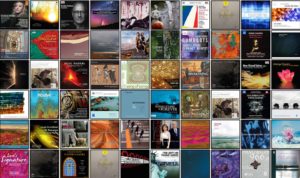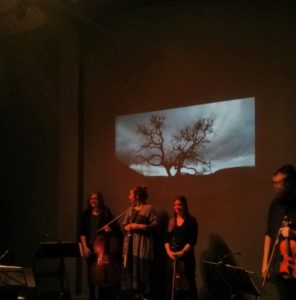 On Saturday, January 28, 2017 the Southland Ensemble convened in the China Town district of Los Angeles to present a concert of the works of poet Jackson Mac Low. Every seat was occupied in the cozy Automata venue at Chung King Court, while outside Lunar New Year revelers filled the night air with the sounds of firecrackers and cheery celebration. Five works by Jackson Mac Low were presented, exploring the interface between poetry and music as directed by random chance.
On Saturday, January 28, 2017 the Southland Ensemble convened in the China Town district of Los Angeles to present a concert of the works of poet Jackson Mac Low. Every seat was occupied in the cozy Automata venue at Chung King Court, while outside Lunar New Year revelers filled the night air with the sounds of firecrackers and cheery celebration. Five works by Jackson Mac Low were presented, exploring the interface between poetry and music as directed by random chance.
The first work, Tree Movie (1961), was simplicity itself, as the program notes explained: “Select a tree. Set up and focus a movie camera so that the tree fills most of the picture. Turn on the camera and leave it on without moving it for any number of hours…” Accordingly, the image of what looked to be a scrub oak tree was projected on the wall overhead for the duration of the concert, lending an iconic continuity to the proceedings. The room was otherwise immersed in complete darkness and this focused visual attention to the image, promoting a more acute listening experience.
Young Turtle Asymmetries (1967) was the first work performed, and this was a complex amalgam of spoken words and phrases combined with musical tones. Asymmetries are defined by Jackson Mac Low in the program notes as “…nonstanzaic poems of which the printed formats are notations for solo or group performance. They are ‘asymmetrical’ in that they have no regularly repeating stanzaic or other patterns. They are ‘notations’ in that most aspects of their format can be translated into performance. Notably, the lengths of the blank spaces before, between, & after single words or words strings, & between lines, stand for ‘temporal holes’ – durations in which readers keep silent or produce single, prolonged tones.”
Accordingly, Young Turtle Asymmetries started with sporadic spoken words accompanied by sustained tones from the various instruments scattered among the performers. Dice were dropped into small wooden bowls at intervals to provide the element of chance in the direction and reading of the score. The words and phrases comprised a fragmentary account of the hatching of baby sea turtles on the beach, and their return to the sea. Just enough of this was intelligible to gain a sense of the story, which served as a focal point while musical tones and spoken phrases flowed out into the audience. The musical accompaniment was similarly splintered and while this added a welcome coloring to the words, the power of this piece resides in the text. The words enlist the mind to build a mental image – as if piecing together a jigsaw puzzle – of turtles making their mysterious way to unknowable destinations. Young Turtle Asymmetries combines several disparate elements into an engaging experience driven by chance associations.
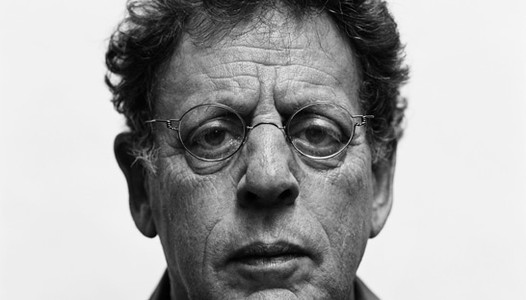


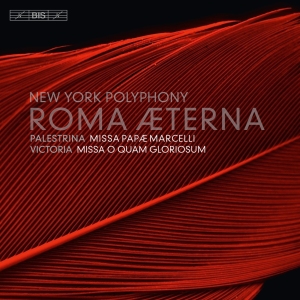
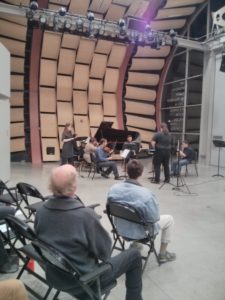



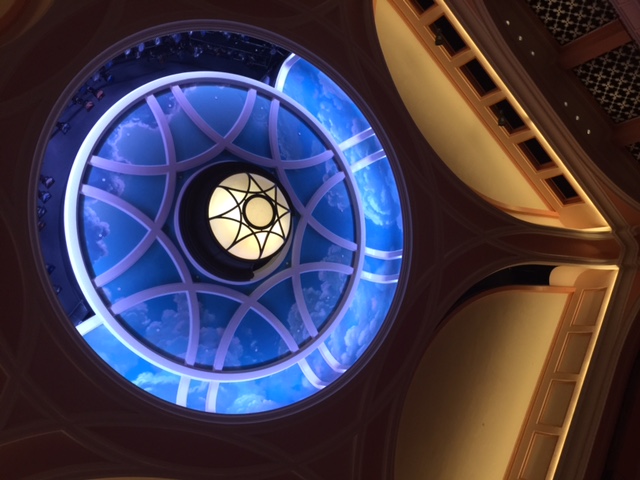 We are a little spoiled here in Charleston, the biggest little city in America, so if the new music portion of Spoleto Festival USA 2017 is a little less adventuresome than last season’s 40th anniversary program (which featured a production of The Little Match Girl by Helmut Lachenmann as well as a ravishing new production of Porgy & Bess), it may be that our expectations have reached impossible limits.
We are a little spoiled here in Charleston, the biggest little city in America, so if the new music portion of Spoleto Festival USA 2017 is a little less adventuresome than last season’s 40th anniversary program (which featured a production of The Little Match Girl by Helmut Lachenmann as well as a ravishing new production of Porgy & Bess), it may be that our expectations have reached impossible limits.
